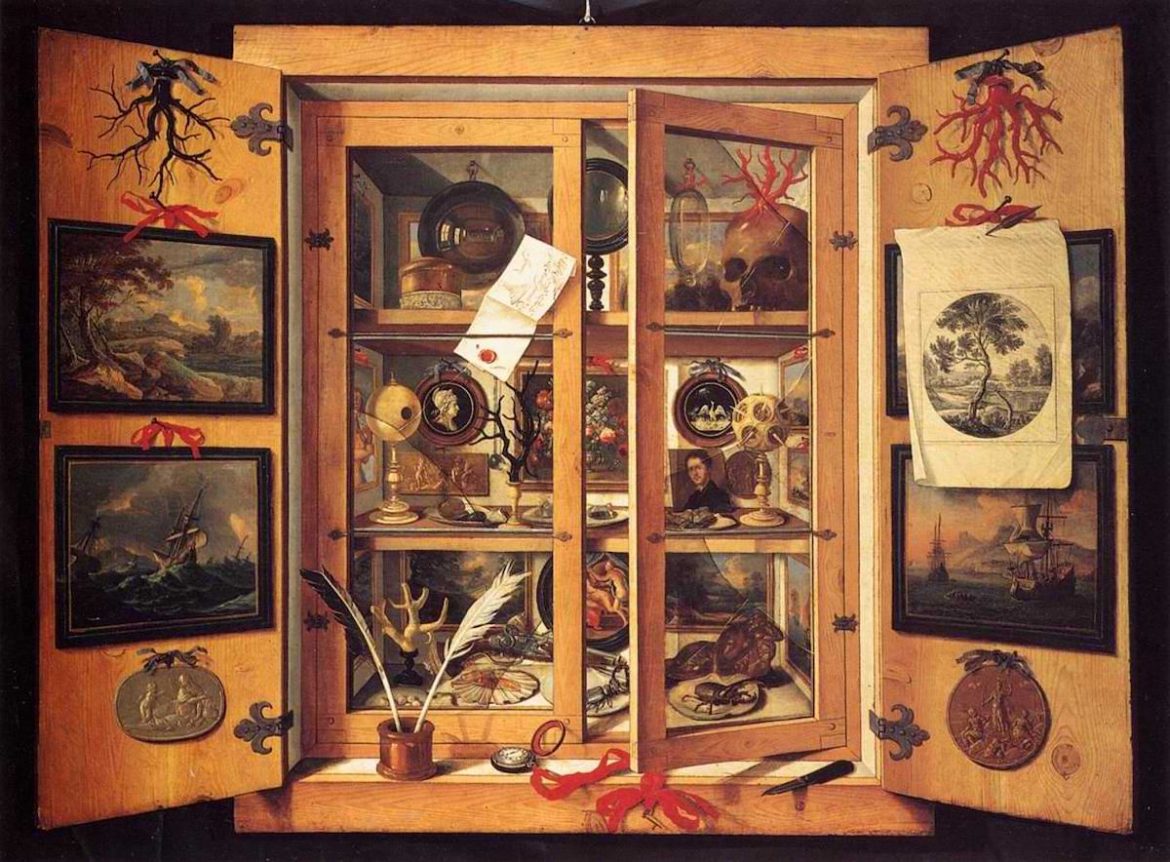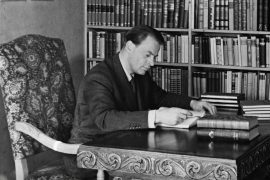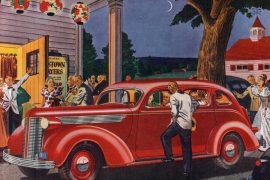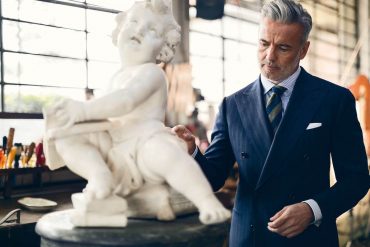The Cabinet of Curiosities was a private collection of remarkable objects that emerged during the 16th-century Renaissance. Here the German Wunderkammern has been a versatile expression often used internationally. In English there are Wonder Cabinets or Cabinets of Curiosities to describe these rooms.
Among the best known and best documented curio cabinets are those of famous aristocrats and rulers, but merchant travellers and early practitioners of natural science in Europe also had collections that would become the precursors of the museums we have today.
The earliest image of a Cabinet of curiosities is an illustration in the book Dell’Historia Naturale by the apothecary Ferrante Imperato from 1599. It shows a collection of herbarium, shells, birds, sea creatures, fossils, clays, minerals, marbles and precious stones, among other things. This collection existed to verify the author’s credibility in terms of natural history information.
Read more about Interior design for men here
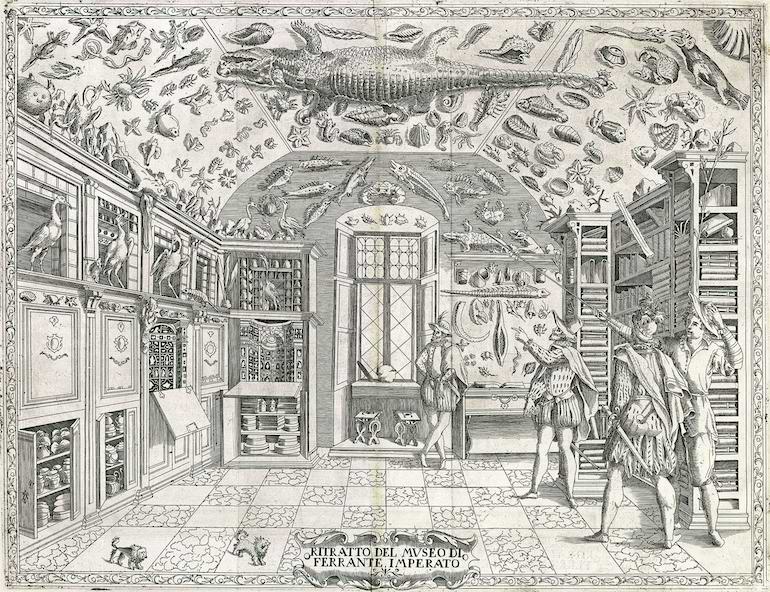
Many of the curio cabinets were created as a result of all the explorations made in new continents in the following centuries. These private collections contained all sorts of wonderful and exotic objects that were not known in European societies at that time.
Ideally, the cabinet of curiosities had three main themes; naturalia, objects from nature, such as fossils, shells and stuffed exotic animals. Arteficialia, objects made by people, such as local handicrafts. Within the scientifica category, mechanical and scientific objects were collected. This included objects such as astrolabes, clocks and other scientific instruments.

Often the collections within a curio cabinet were divided into different compartments of cabinets and display cabinets, trying to create a connection between the objects and thus create an understanding of how the world worked and the role of humans in it.
As time went on, many of the smaller cabinets became part of larger collections that took up entire rooms as it became popular for aristocrats and royalty to buy them up. These include the curio cabinet of the Dutch botanist Frederick Ruysch (1638-1731), which was bought by Tsar Peter the Great and is now part of The Kunstkammer Museum in St Petersburg. Here were such delights as stuffed body parts, along with exotic birds, butterflies and plants.

The curio cabinet of the London apothecary James Petiver (1665-1718) would later become an important part of the British Museum’s collections.
The collections of private curio cabinets have thus played an important part in the creation of the museums we see today. Filling a room with interesting objects today may not serve quite the same purpose as it did in earlier centuries, but that does not mean that you cannot build a room around your own interests for inspirational purposes.

